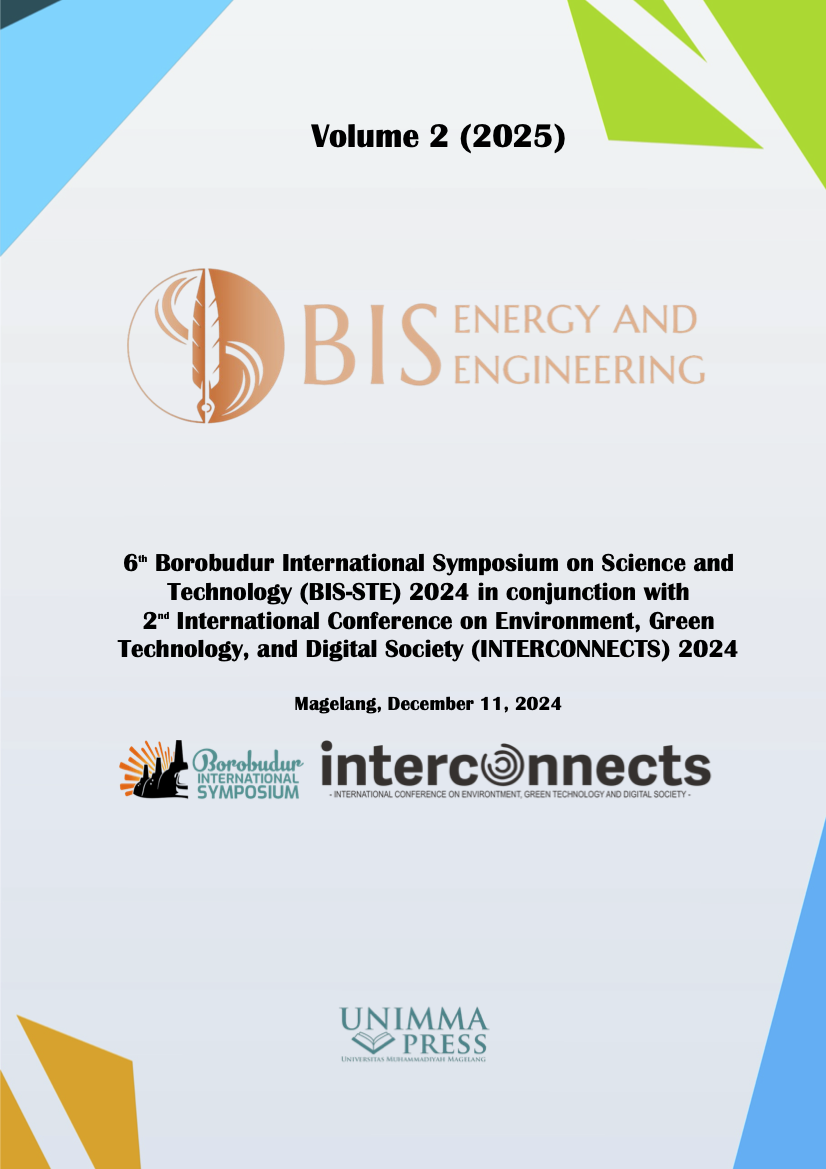Bicycle injection system design 4-stroke motorcycle
Keywords:
Injection system design, Power, Torque, Exhaust emissions, Fuel consumptionAbstract
This research discusses the design of an injection system for 4-stroke motorcycles, aiming to reduce harmful substances in exhaust emissions by changing the conventional system to an EFI system. In addition, this study also aims to determine how much impact the application of the EFI system on a 4-stroke motorcycle has on torque and power, as well as how much exhaust emissions and fuel consumption are produced after the application of the EFI system. The method used in this research is experimentation. This activity was carried out in 3 test locations, namely at the FT UNP automotive workshop, Teqleck Speedshop, and the straight line of the Minangkabau Airport highway along 1 km. The results showed that the power generated by the designed EFI system decreased by 4.33% or 0.23 kW. Torque also decreased by 6.95% or 0.57 kW. In addition, the HC exhaust emission content decreased by 394.58% or 365.66 ppm, the CO content decreased by 39.13% or 0.63%, and the 〖CO〗_2 content in the exhaust emissions of the 4-stroke motorcycle converted to the EFI system increased by 68.99% or 2.67%. Finally, fuel consumption is more efficient, increasing by 31.85% or 21.98 Km/L.
References
[1] T. Germanova and A. Kernozhitskaya, “Emissions of exhaust gases and health of the person,” IOP Conf Ser Earth Environ Sci, vol. 90, no. 1, 2017, doi: 10.1088/1755-1315/90/1/012036.
[2] A. M. Siregar, C. A. Siregar, and M. Yani, “Engineering of motorcycle exhaust gases to reduce air pollution,” IOP Conf Ser Mater Sci Eng, vol. 821, no. 1, 2020, doi: 10.1088/1757-899X/821/1/012048.
[3] A. Katijan, M. F. A. Latif, Q. F. Zahmani, S. Zaman, K. A. Kadir, and I. Veza, “An experimental study for emission of four stroke carbureted and fuel injection motorcycle engine,” Journal of Advanced Research in Fluid Mechanics and Thermal Sciences, vol. 62, no. 2, pp. 256–264, 2019.
[4] W. Purwanto et al., “the Fuel System Modification To Strengthen Achievement and the Prospect of Utilizing Gasoline Ethanol Blended With Water Injection,” Journal of Applied Engineering and Technological Science, vol. 5, no. 2, pp. 802–812, 2024, doi: 10.37385/jaets.v5i2.3249.
[5] I. M. Suarta, I. P. G. S. Rahtika, P. W. Sunu, N. D. Susila, and K. Bangse, “The Comparison of Exhaust Gas Emission Between Conventional and Electronic Fuel Injection System,” vol. 208, no. Icist 2020, pp. 364–368, 2021.
[6] Saharuna, “Perbandingan Konsumsi Bahan Bakar Sepeda Motor Sistem Konvensional dan Sistem EFI,” J Teknol, vol. 19, no. 1, pp. 34–42, 2017.
[7] M. Bakeri, A. Syarief, and A. K. S, “Analisa Gas Buang Mesin Berteknologi EFI dengan Bahan Bakar Premium. Teknik Mesin. Universitas Lambung Mangkurat. Banjarmasin.,” Info Teknik, vol. 13, no. 1, pp. 28–38, 2012.
[8] M. Hazwi, H. P., T. B. Sitorus, D. M. Nasution, T. UHSG, and A. P., “Studi Analisa Performansi Mesin – Sistem Pembakaran Efi Dan Karburator Pada Mesin Bensin,” Dinamis, vol. 4, no. 1, p. 12, 2016, doi: 10.32734/dinamis.v4i1.7013.
[9] F. Leach, G. Kalghatgi, R. Stone, and P. Miles, “The scope for improving the efficiency and environmental impact of internal combustion engines,” Transportation Engineering, vol. 1, no. May, 2020, doi: 10.1016/j.treng.2020.100005.
[10] Chitteti Venkatesh Reddy, Nagalapuram Prasanth2, Mannem Jeevan, Shaik Shafi, and Shaik Shahid, “Power of Motorcycle Engine,” vol. 4, no. 10, pp. 70–73, 2021.
[11] W. L. Agustin, D. Fernandez, and R. Chandra, “Analysis Of The Effect Of Fuel Additive Variations On Power, Torque And Top Speed In Matic Motorcycles,” MOTIVECTION : Journal of Mechanical, Electrical and Industrial Engineering, vol. 3, no. 1, pp. 35–42, 2021, doi: 10.46574/motivection.v3i1.84.
[12] et al., “Perbandingan konsumsi bahan bakar pada sistem injeksi dan sistem karburator,” Journal of Applied Mechanical Engineering and Green Technology, vol. 2, no. 3, pp. 108–113, 2021, doi: 10.31940/jametech.v2i3.108-113.
[13] Sugiyono, Metode Penelitian Kuantitatif, Kualitatif Dan R&D. 2017.
Downloads
Published
Conference Proceedings Volume
Section
License

This work is licensed under a Creative Commons Attribution-NonCommercial 4.0 International License.

